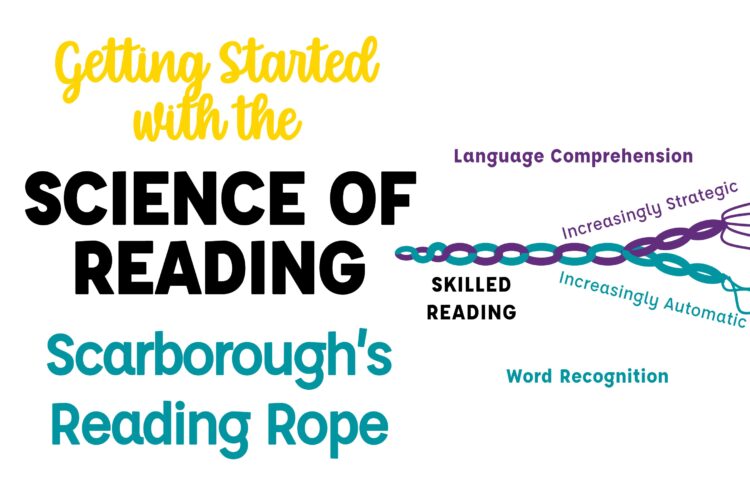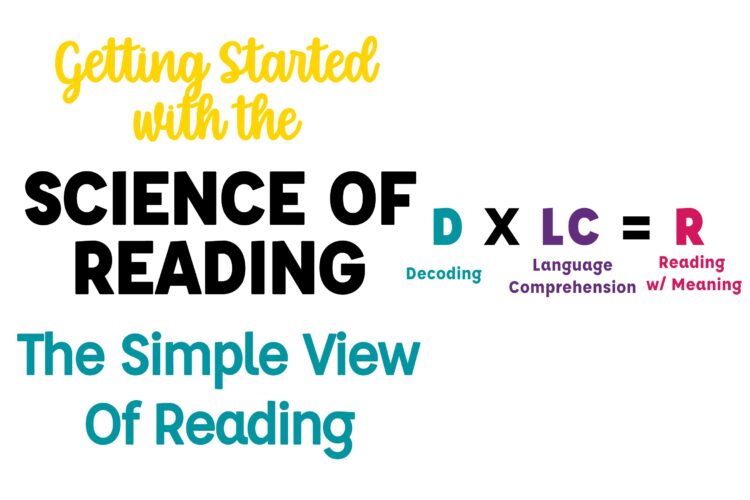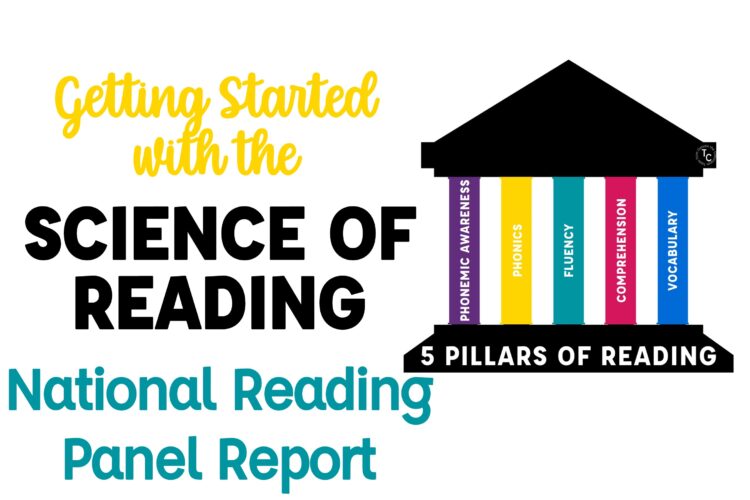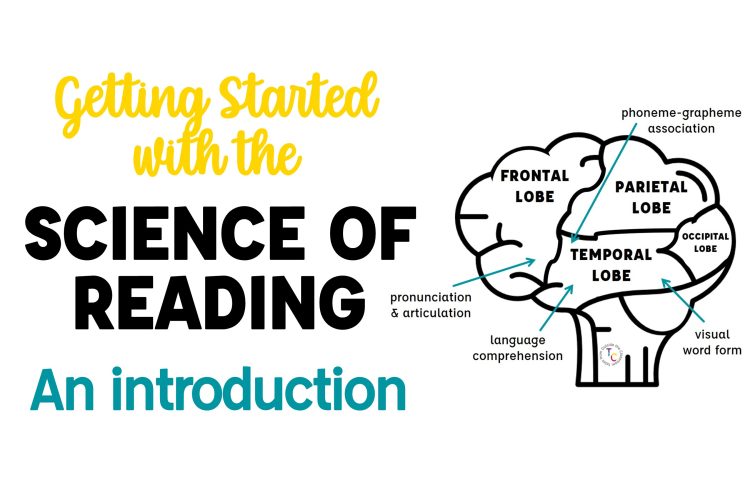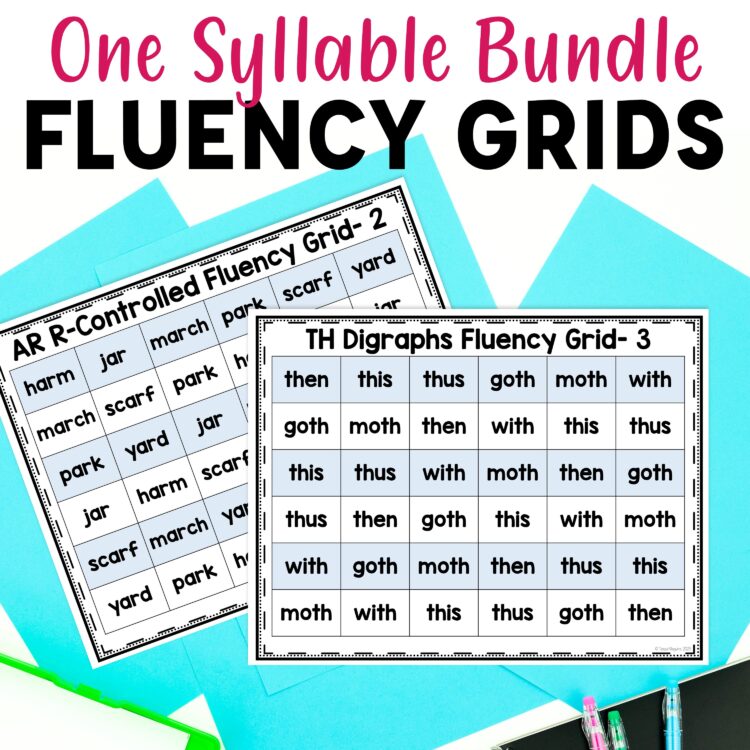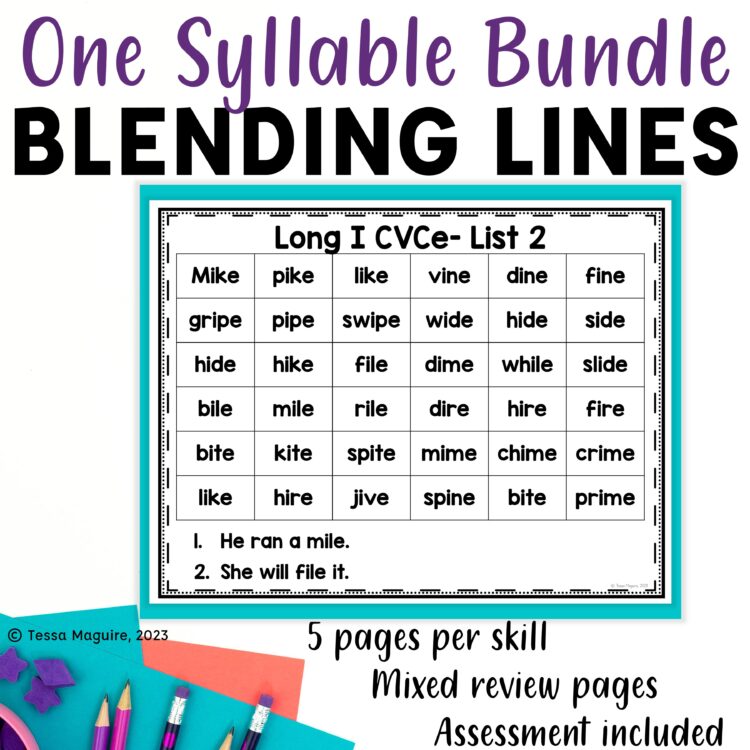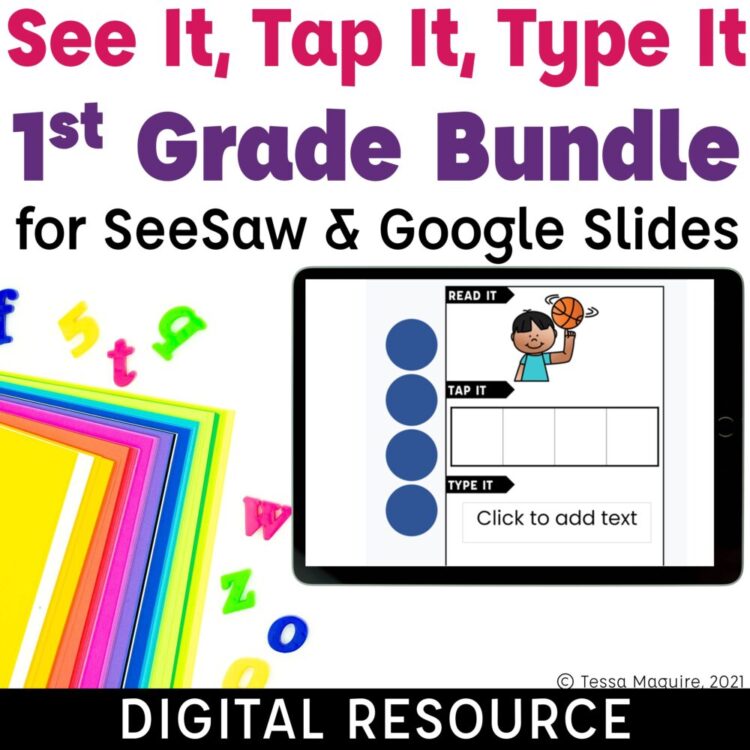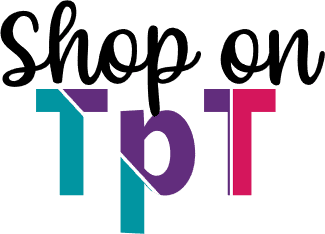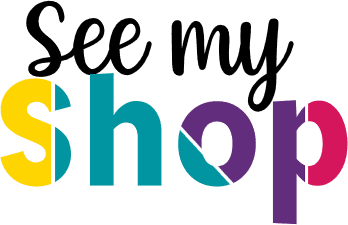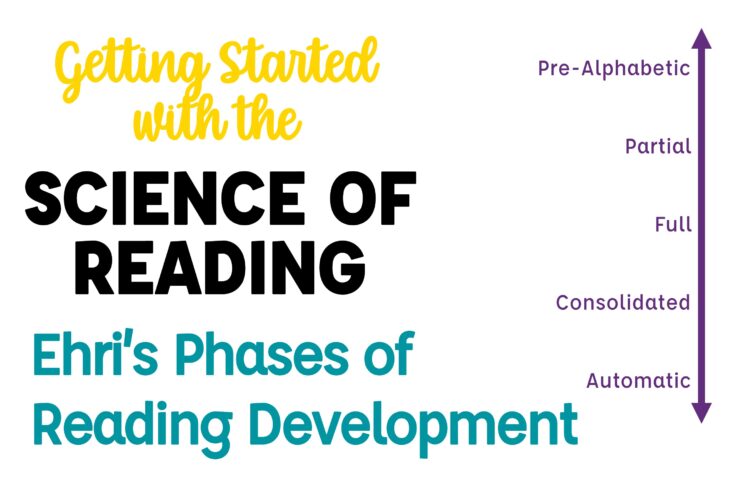
Ehri’s Phases of Word Reading Development: Getting Started with SoR
Last week we looked at Scarborough’s Rope. For the next several weeks, we’re going to focus on the word recognition strand. First up, is Ehri’s Phases for Reading Development. Dr. Linnea Ehri is a professor of psychology and has been studying the development of reading for over 4 decades. In her research, she identified 5 phases of reading skills development now commonly known as Ehri’s Phases or Ehri’s Phases of Reading Development. One note- this









